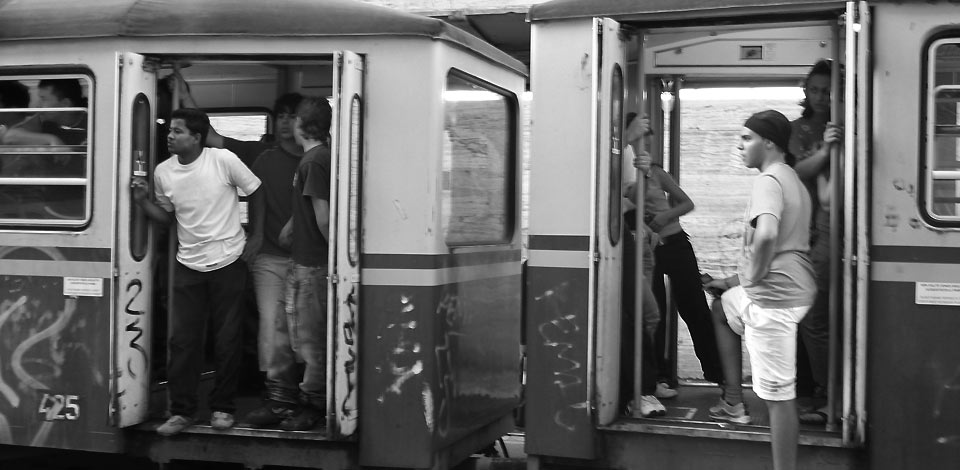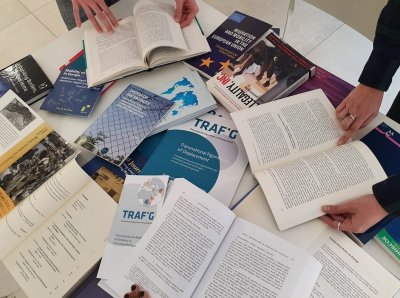by Emanuela Roman/FIERI
Within the European Union (EU), Italy is one of the main countries of transit and destination for migrants coming from Africa and Asia, including a significant component of forced migrants and protection seekers. In particular, Italy is the first European country of arrival for many migrants and asylum seekers crossing the Mediterranean from North Africa (mainly but not exclusively from Libya and Tunisia). Along with maritime migration flows, Italy has been receiving growing numbers of (forced) migrants entering the country through its Eastern land borders, mainly coming from Pakistan and Afghanistan, and transiting through Greece and the Balkans. These persons often find themselves in situations of protracted precariousness, vulnerability and marginalisation, both in terms of their legal status, attached rights and socio-economic conditions. Such situations of protracted displacement are largely (although not exclusively) determined by the legal and policy structures governing migration, asylum and mobility. This internal report analyses the regulatory framework which applies in Italy, and which impacts on the daily lives and future aspirations of protractedly displaced people.
This report contributed to the formulation of TRAFIG Working Paper no. 3 “Governing Protracted Displacement: An analysis across global, regional and domestic contexts”.
You can download the Report here








